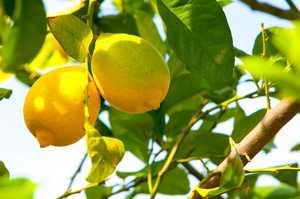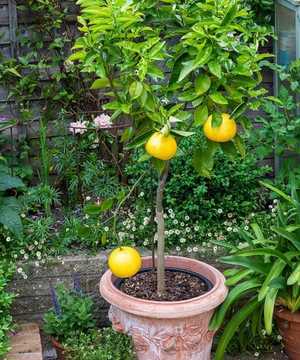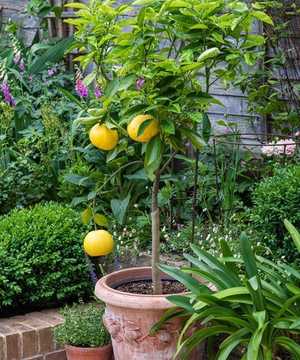Can You Grow Lemon Trees in the UK?
Mud Mountain Blog

Good news for citrus fruit enthusiasts: it’s perfectly possible to grow lemon trees in the UK, and with a dose of hard work and some careful green fingers, other citrus fruits like limes can flourish in your garden without the help of an agreeable Mediterranean climate.
Lemon trees are in fact the easiest citrus trees to grow on British shores. Unlike limes, they are spirited plants that can stand up to much lower temperatures than their vibrant green counterpart.
Despite their comparatively hardy nature, they’re not quite robust enough to withstand a biting British winter. So, after six months in the glorious confines of your garden in a large terracotta pot, they’ll need to find a light, bright room indoors during the colder months.
Let’s take a look at some of the things you’ll need to consider for successful lemon tree growing.
Find your forever pot!
Your lemon trees will thrive in beautifully handmade terracotta pots in a sheltered, sunny spot in your garden—ideally in front of a south or west-facing wall. Terracotta pots are perfectly suited for lemon tree growing as they provide excellent drainage. They lose moisture quickly so it’s much harder to overwater—a key feature towards the prosperity of your plant as lemon trees are no fans of waterlogged roots.
For small trees, a 70cm diameter pot makes for a suitable container. Choosing this size will negate the need to re-pot immediately if the tree’s root system becomes untenable. An equal-part mixture of loam, leafmould, and horticultural grit or garden compost is a tried-and-tested recipe for success when plating your lemon tree.
When should I prune my lemon tree?
When springtime comes round again, and your lemon tree starts producing new shoots, it’s time to prune. Thin out the centre of the plant, so precious light and air can pour in—then clip branches that look dried and withered. Also, be sure to remove any suckers that may have taken root at the base of the plant, and dig out the pruning tools again in September to trim back your tree to a manageable size.
Don’t be too concerned with over-pruning, as most citrus varieties are stalwart enough to withstand an enthusiastic trim—and more flowers and fruit will grow on the strongest remaining branches as a result.
With younger plants, it’s advisable to remove fruits—as they demand lots of energy to produce. Your long-term goal is to encourage the tree to develop fewer but larger lemons until it’s matured.
When to water your lemon tree
As your lemon tree will enjoy high humidity, in the summer months, it’s best to water once a week—using rainwater, if possible. In the winter, water only occasionally. If there’s a shortage of rainwater, and good old-fashioned tap is all that’s available, let the water stand for a day to let any chlorine evaporate.
How will my lemon tree survive in winter?
When winter rolls around again, your lemon tree will stand its best chance of survival in a cool, frost-proof area such as a greenhouse, garden shed, or cellar. Avoid at all costs centrally-heated indoor rooms as they are much too hot and dry for your lemon tree.


How can we help?
Growing a successful lemon tree, which bears plenty of ripe, zesty fruit, can be a tricky process and requires plenty of effort. A great place to start is finding the best terracotta pot in order for the plant to flourish. If you’d like any guidance in finding the perfect-sized pot for your needs, please don’t hesitate to get in touch.
